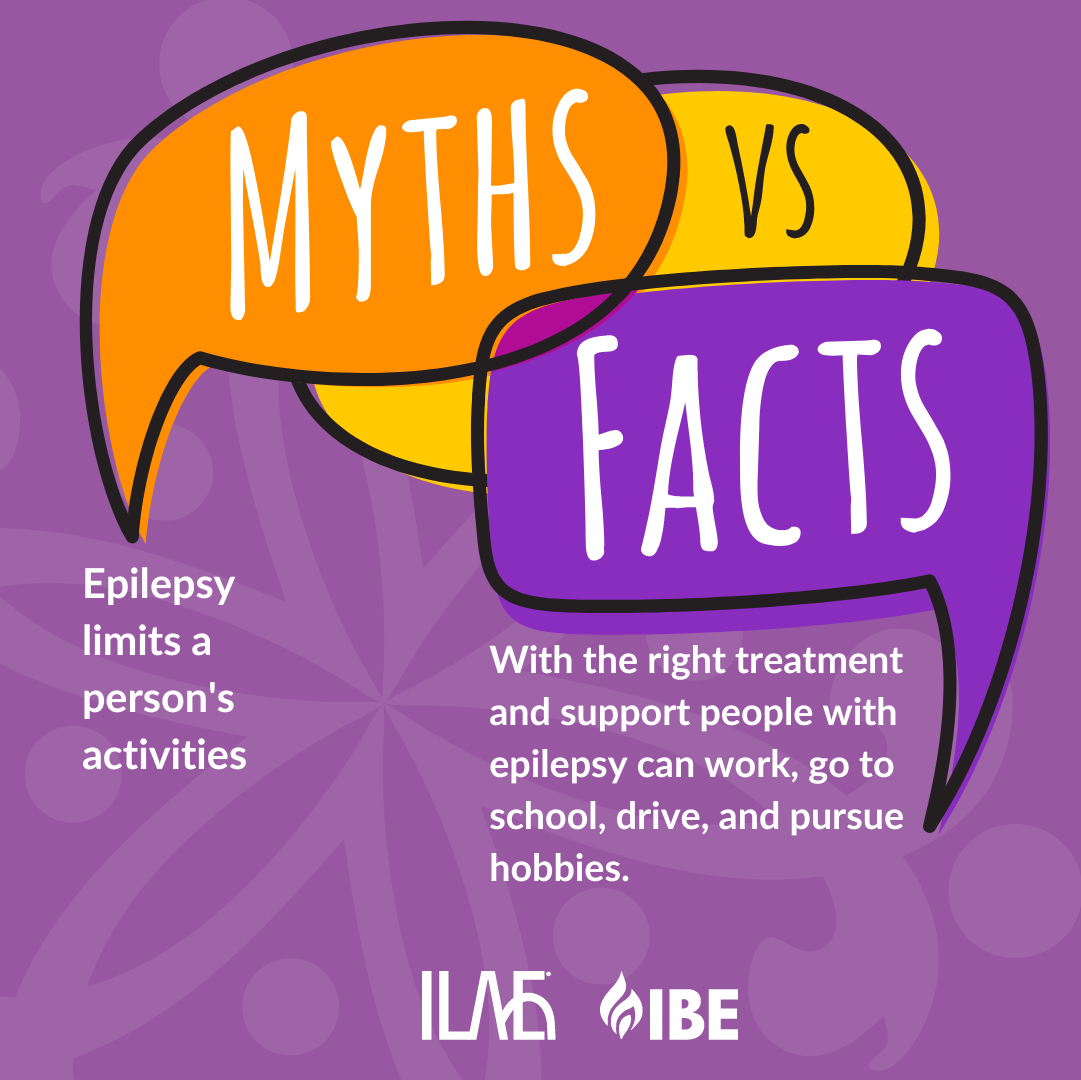It is estimated that more than 50 million people are living with epilepsy around the world. To have epilepsy is to have a tendency to have recurring seizures. Anyone can have a seizure if the brain is exposed to a strong enough stimulus. It is not necessarily a life-long diagnosis, often it can be short term or fully managed by medication.
What are seizures?
Electrical activity is happening in our brain all the time. A seizure happens when there is a sudden burst of intense electrical activity in the brain. This causes a temporary disruption to the way the brain usually works, so the brain’s messages become mixed up.
What happens to you during a seizure will depend on where in your brain the epileptic activity begins, and how widely and quickly it spreads. For this reason, there are many different types of seizure, and each person will experience epilepsy in a way that is unique to them.
Types of Seizures
There are a lot of types of seizures, as the brain can be affected in a lot of different ways. But generally, seizures are grouped into three main categories:
- Focal seizures. These are seizures which originate in one region of the brain.
- Around 60% of people with epilepsy have focal seizures.
- During a focal seizure someone may remain fully aware, which is sometimes known as a simple partial seizure. Otherwise, they may become disoriented or appear confused.
- Generalised seizures. These are seizures which affect both hemispheres of the brain.
- Generalised seizures come in two types: motor or non-motor. Motor seizures may involve stiffening (tonic) and jerking (clonic), known as tonic-clonic (previously known as grand mal) or other movements. Non-motor seizures involve brief changes in awareness, staring, and some may have automatic or repeated movements like lip-smacking.
- Absence – a sudden lapse in awareness and responsiveness that look like brief staring spells or daydreaming.
- Tonic-Clonic – the body stiffens (the tonic phase) and then the limbs begin to jerk rhythmically (the clonic phase)
- Myoclonic – sudden single jerks of a muscle or a group of muscles that may last no more than a second or two.
- Tonic – Can occur when a person is asleep or awake and involves a brief stiffening of the body, arms or legs. The person will suddenly fall if standing or sitting.
- Atonic – brief seizures that cause a sudden loss muscle tone and the person often falls to the ground or will have a sudden head nod if sitting.
- Clonic – they cause jerking in various parts of the body.
- Generalised seizures come in two types: motor or non-motor. Motor seizures may involve stiffening (tonic) and jerking (clonic), known as tonic-clonic (previously known as grand mal) or other movements. Non-motor seizures involve brief changes in awareness, staring, and some may have automatic or repeated movements like lip-smacking.
- Unknown onset seizures. This means the seizure cannot be diagnosed as either focal or generalised onset. Sometimes this classification is temporary and as more information becomes available over time or through further testing, the type of seizure may be changed to a generalised or focal onset seizure. Rarely, doctors might be sure that someone has had an epileptic seizure but can’t decide what type of seizure it is. This could be because they don’t have enough information about the seizure, or the symptoms of the seizure are unusual.
Living with epilepsy
Epilepsy affects almost every aspect of the life of the person diagnosed with the disease. For many people living with epilepsy, the stigma attached to the condition is more difficult to deal with than the condition itself. A lot of this stigma is created around misconceptions and myths surrounding epilepsy. For example, many people assume that epilepsy is a mental illness, that it limits activities, or even that epilepsy is contagious.
This year’s International Epilepsy Day campaign seeks to eliminate the myths and educate everyone to the reality. Up to 70% of people living with epilepsy can live seizure free lives through medication, sometimes in conjunction with dietary changes, therapies or even surgery. Those who get frequent or prolonged seizures may be prescribed further medications or emergency medications such as Midazolam.
Being educated around epilepsy and sharing facts will reduce the stigma and discrimination faced by people living with epilepsy and ensure that they have access to the same opportunities and rights as everyone else.
